Elements
We could make this publication thanks to small donations. How is 3 minutos de arte supported?
Characteristic Elements of Post-Impressionist Painting
Post-impressionist artists differ in techniques, styles, and creative resources. We will not see all the elements listed here in a single work. But all works in general tend to have one thing in common: that all their elements are tools to express the artist's subjectivity.
Artists use each expressive tool to manifest their inner world, their emotions or feelings when perceiving things in the world, how they feel them. They no longer seek to faithfully represent the external reality.
Expressive use of color. The colors do not coincide with reality but seek to express emotions.
Emotive distortion. The figures are deformed to achieve greater expressiveness.
Disregard for the traditional rules of perspective.
Simplification of forms. Tendency to abstraction.
Subjectivity.
Primitivism. Fascination with the cultures and art of ancestral and exotic peoples (what is genuine, instinctive, "not contaminated by civilization").
Japonism. Influence of the Japanese woodblock prints of the 18th century.
Predominance of emotion over reason.
Symbolism.
Techniques specifically chosen by some post-impressionist artists:
Cloisonnism. Areas of "compartmentalized" color, well delimited by a sharp border, usually drawn with a black line.
Pointillism. Specific technique of the pointillists: dots of pure colors that, when combined and looked at from a certain distance, form on the retina the image and the coloring desired by the artist.
Gestural brushstroke. Artists transmit their emotions (fury, joy, despair) by the way they apply the brushstrokes.
Recommended links:
Timeline: from Neoclassicism till the end of the 19th century.
Fundamental Post-Impressionist Painters.
Mont Saint-Victorie (1892/1895), Cézanne.
When Will You Marry? (1892). Paul Gauguin.
You can also find more material using the search engine.
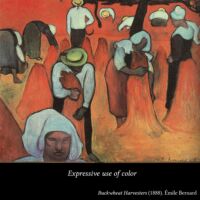

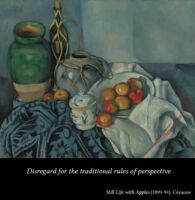
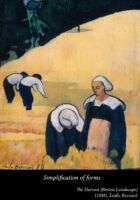


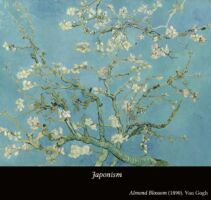
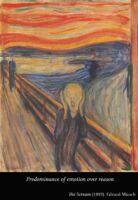
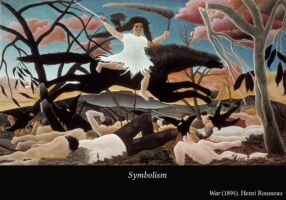

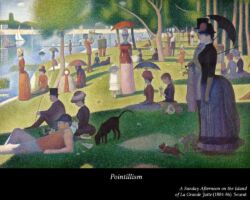

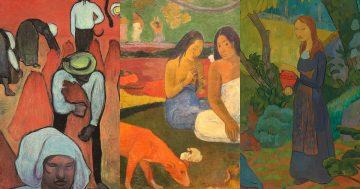

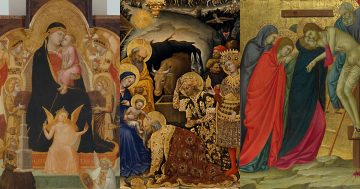
0 Comments